What to plant in zone 7: uncover the trees, shrubs, flowers and crops that will thrive in this climate zone
Discover which plants are best suited to your outside space if you live in US hardiness zone 7
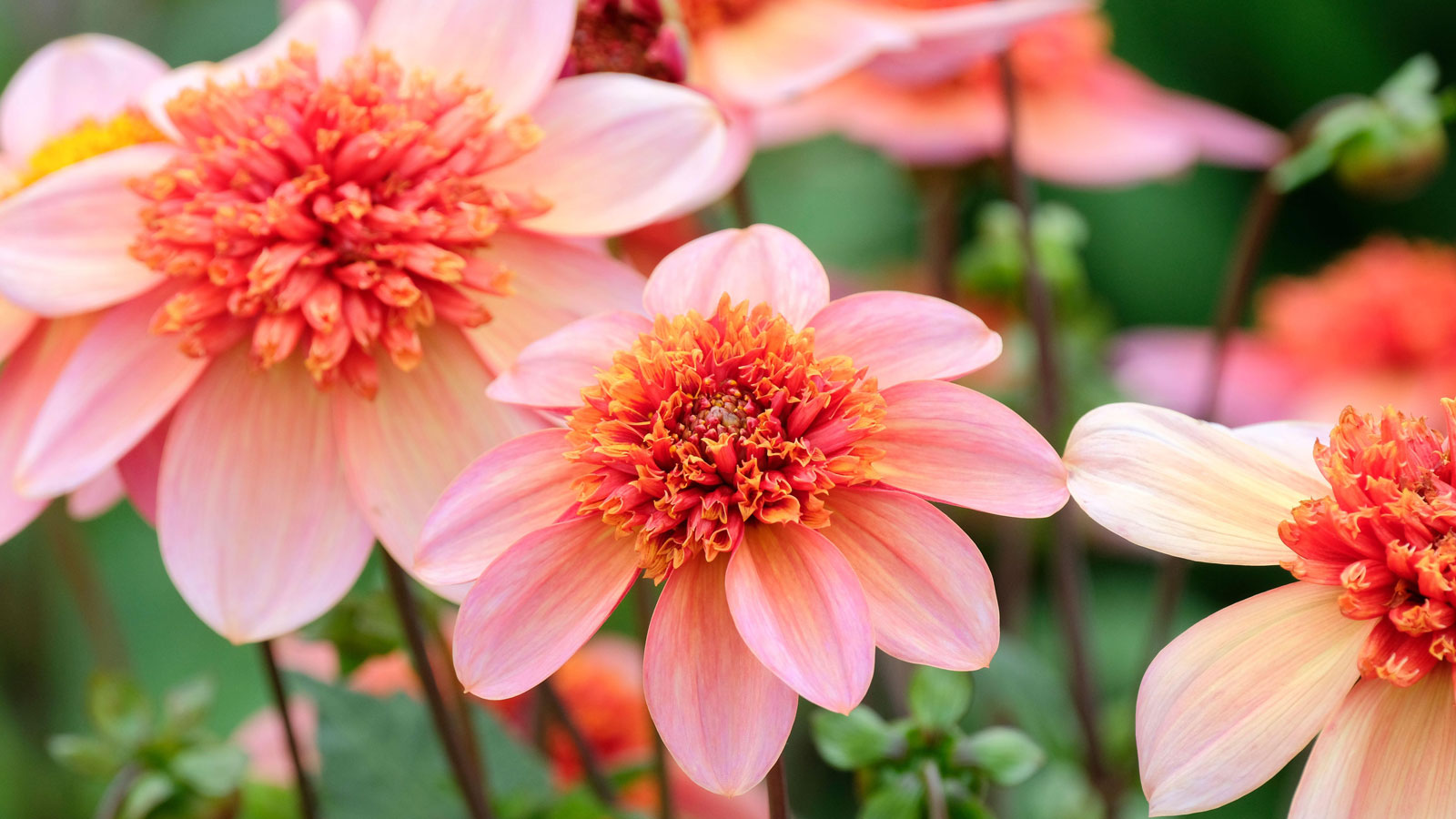

Plants vary in their ability to survive the winter. A few will endure the coldest temperatures that our country has to offer, while the plants that thrive in the warmth of a tropical Florida will grow less well in cooler regions and will often be killed in winter in cold areas. It’s all a matter of right plant, right place.
As we look at the continue with our series on what to plant in the 13 different US hardiness zones and move into warmer climates, the range of plants that can be grown expands. The last frost date is earlier, the first frost date is later, and with a longer growing season a wider range of plants can enjoy the time and the conditions that will allow them to mature reliably.
You can find all the information about the average temperatures and location of US hardiness zone 7 here. In this feature, we take an in-depth look at a vast range of plants, shrubs and crops that will thrive in this part of the US.
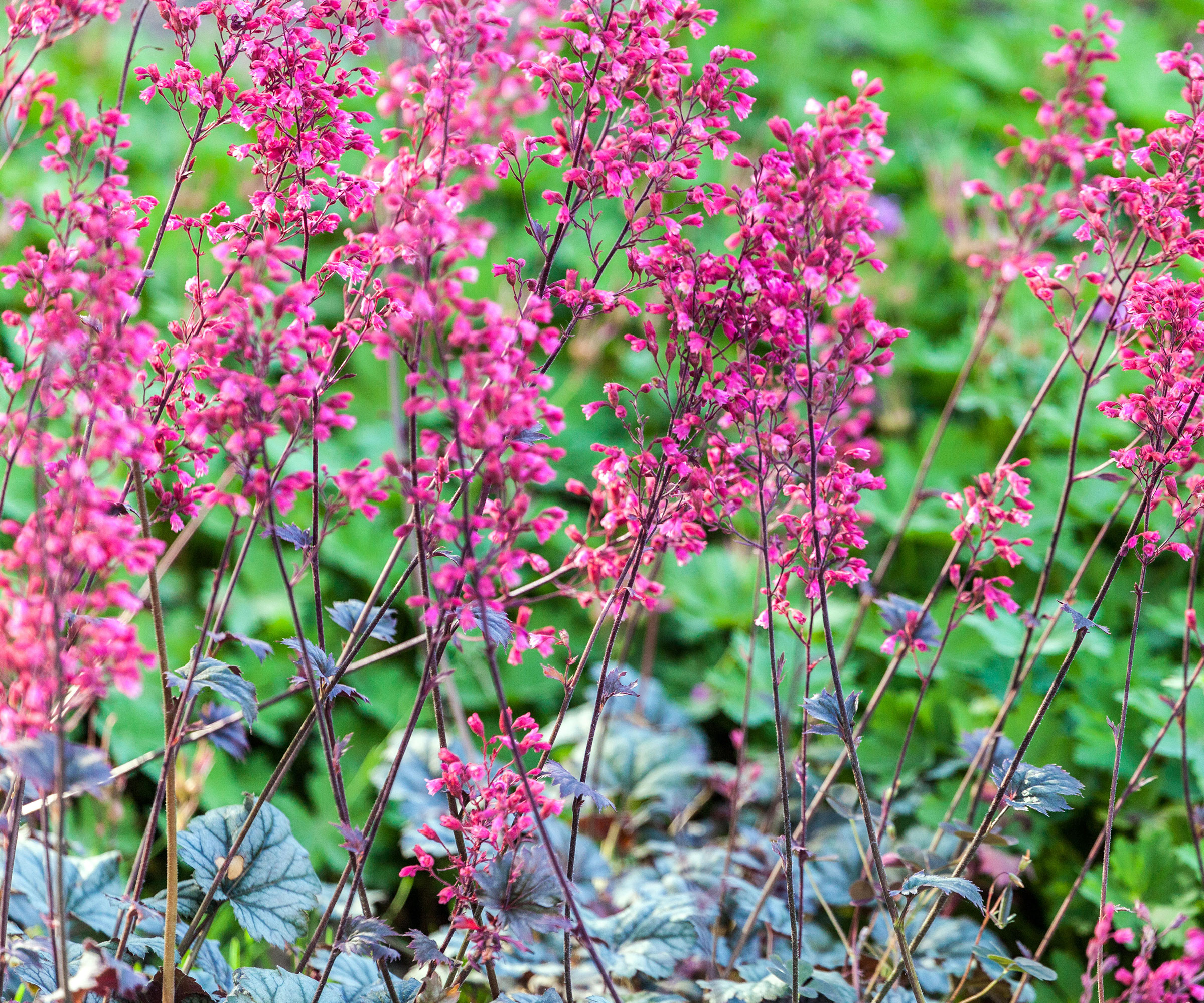
Choosing plants for Zone 7
The first thing to remember is that if a plant is rated at zone 7, it will also be hardy in warmer zones – Z8 and up. For some plants, there comes a point where the winter (or sometimes the summer) is too warm so some plants are rated, for example, Z4-8. It’s also worth keeping in mind that, if you’re tempted by a plant rated has hardy in zone 8, it may thrive in your yard in a sheltered site and with good drainage. A potential favorite is always worth a try.
Also, the North American climate is changing – winters are becoming warmer. For many years I gardened in zone 5, but the latest revision of the USDA map, published in 2023, reveals that the garden is now assessed as zone 6.
Finally, a special rule applies to plants growing in containers of all kinds. Frost always penetrates the soil in containers more than it penetrates the soil in the yard as the roots of plants in containers are surrounded by icy air. So, for planters, always choose varieties rated one zone warmer than the zone for the garden as a whole.
Deciduous trees
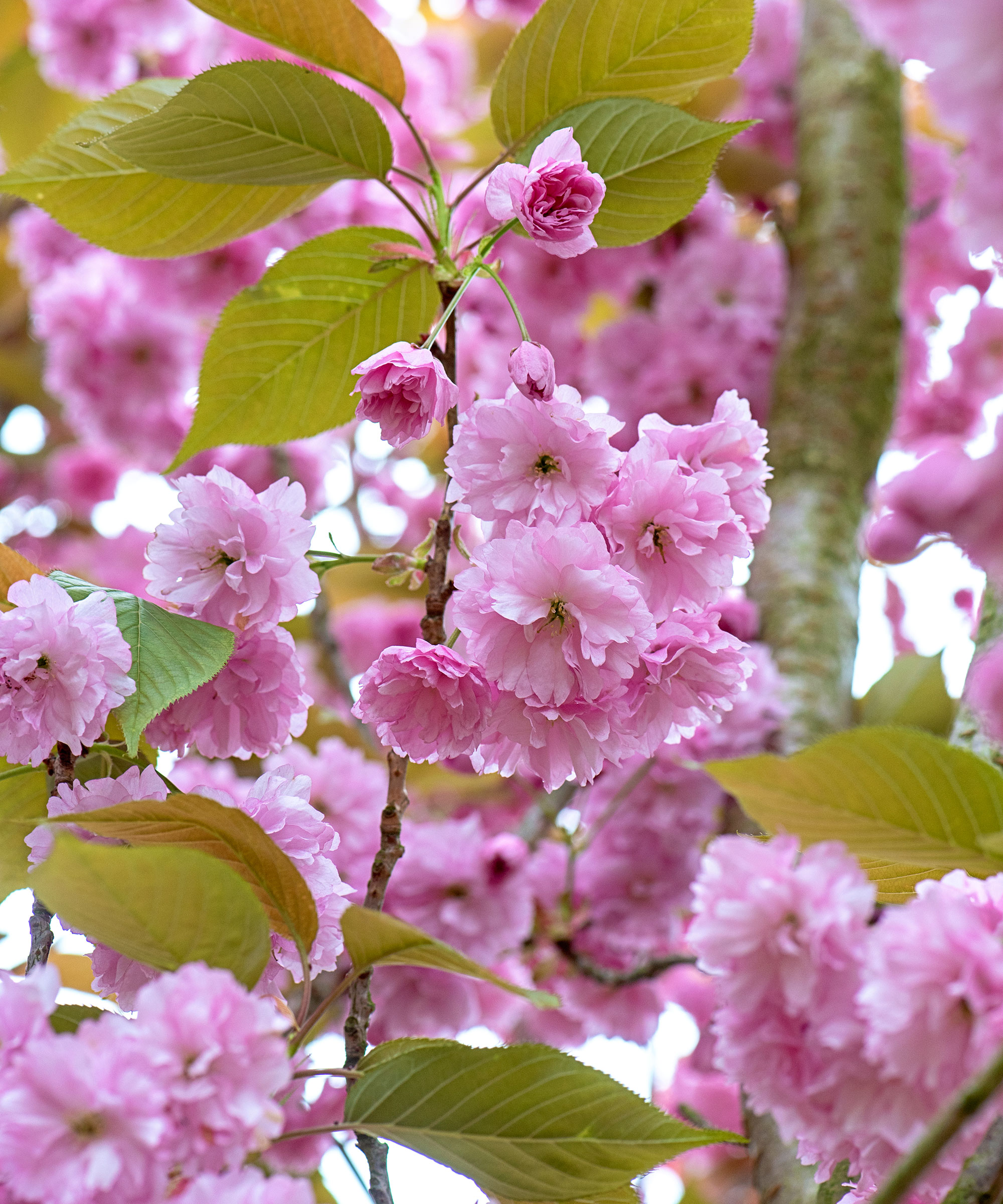
Eastern redbud (Cercis canadensis) A spring marvel, for most soils, with clusters of small, vivid pink flowers attached to the bare branches. Look for varieties that also feature colored foliage.
Flowering cherry (Prunus) Dependably colorful, with single or double, pink or white spring flowers. Some also feature attractive bark and fiery fall color. There is a wide range of flowering cherry trees available from Fast Growing Trees.
Cleveland pear (Pyrus calleryana ‘Chanticleer') A fine alternative to the popular, but invasive, ‘Bradford’ pear for gardens and parks.
Also try: Fullmoon maple (Acer japonicum), Dogwood (Cornus florida), Pistache (Pistacia chinensis).
Evergreen trees
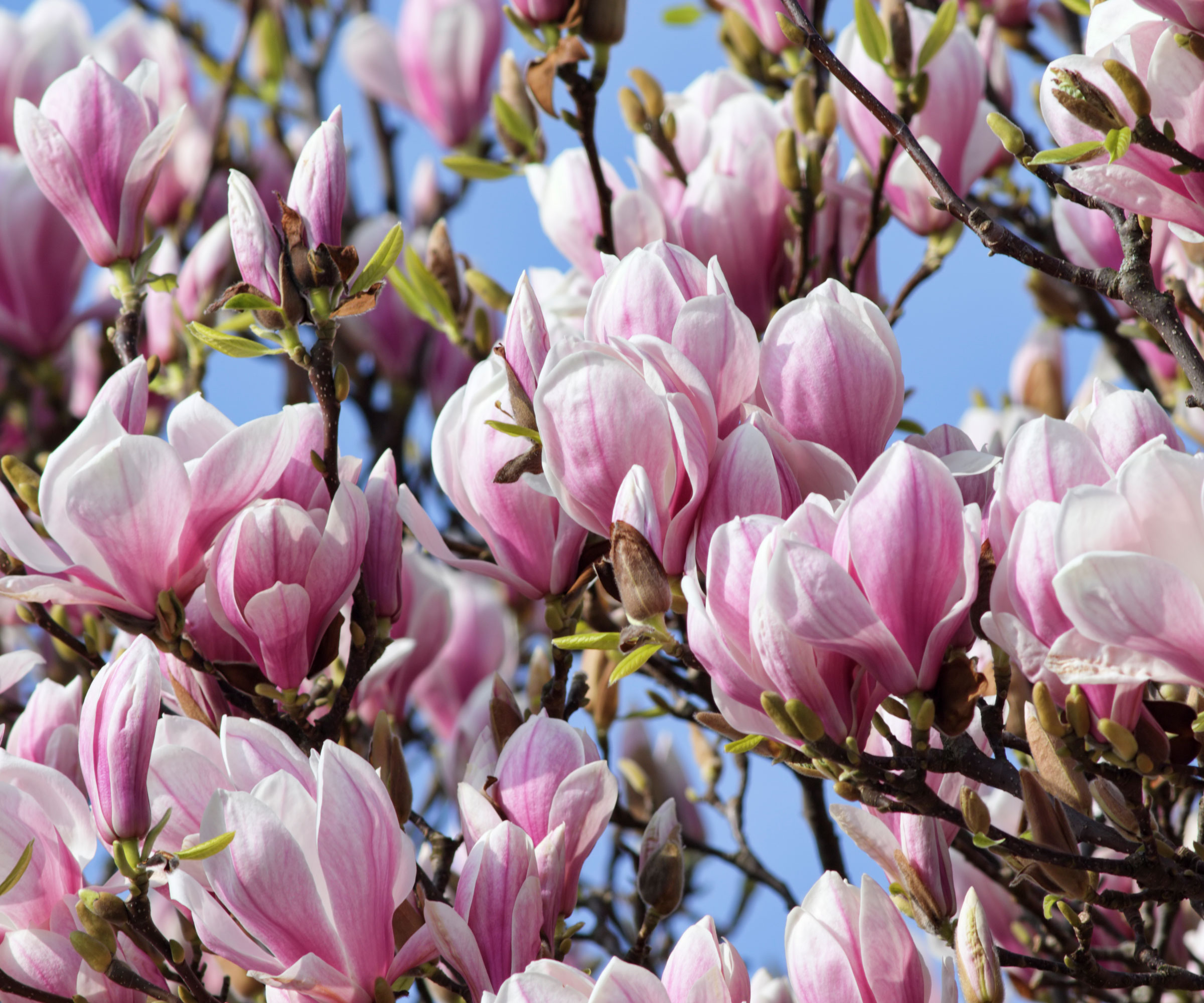
Strawberry tree (Arbutus) Dark green leaves show off the small, white bell-like flowers followed by fruits like clusters of small strawberries. Sadly, although attractive, the fruits are tasteless. You can find strawberry trees available from Nature Hills.
Arizona cypress (Cupressus ‘Carolina Sapphire’) Pyramidal tree maturing to a more feathery look and with pretty silvery grey needles.
Sweet bay (Laurus nobilis) The invaluable kitchen herb makes a fine yard tree, or container specimen and is good for topiary and hedges.
Also try: Southern magnolia (Magnolia grandiflora), European holly (Ilex aquifolium varieties), Cherry laurel (Prunus laurocerasus).
Deciduous shrubs
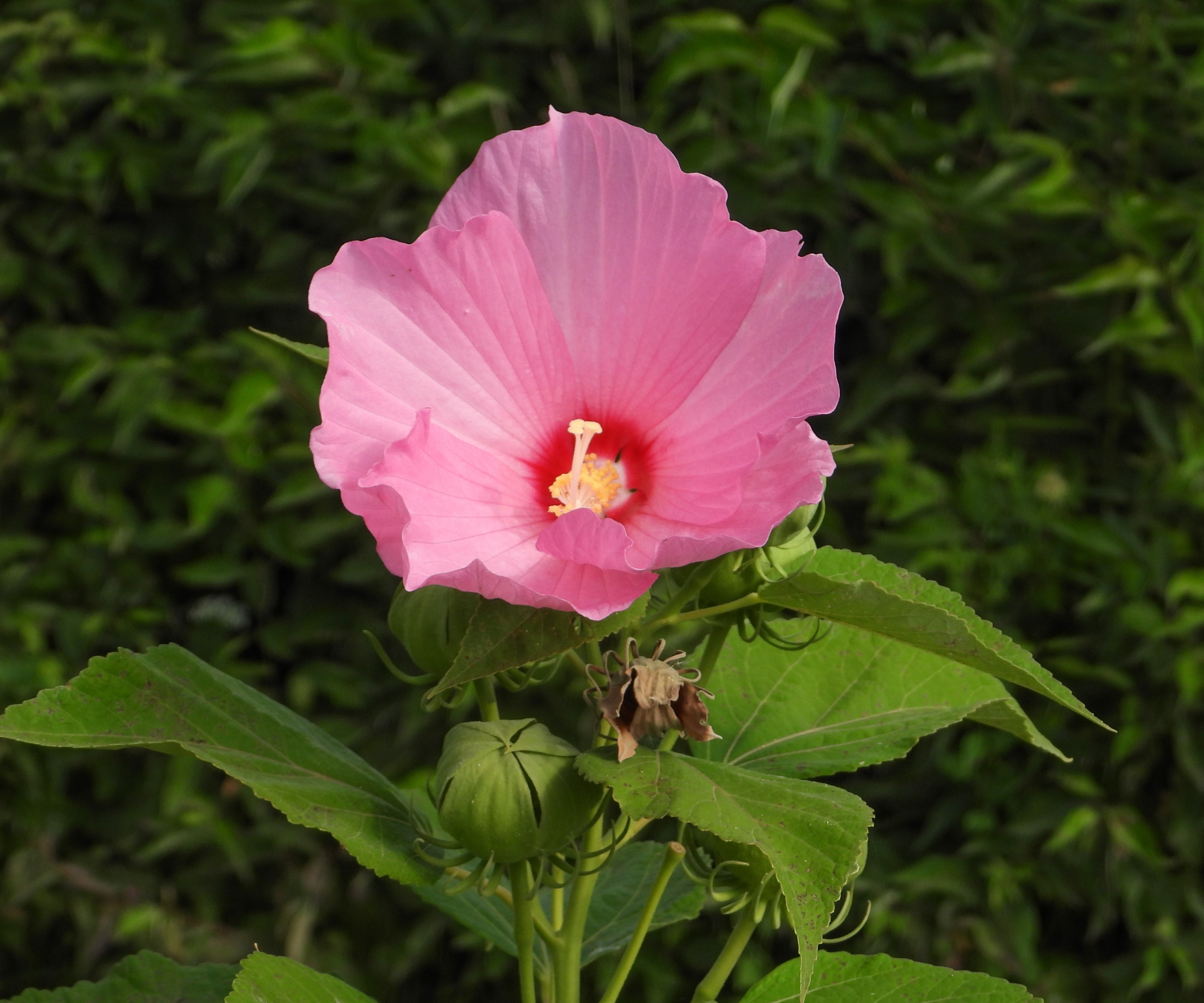
Blue mist (Caryopteris x clandonensis) Naturally dwarf, with grayish leaves and spikes of blue flowers. Cut back hard in spring to promote flowering.
Rose of Sharon (Hibiscus syriacus) An adaptable, boldly upright shrub, with single or double summer flowers for many months.
Japanese kerria (Kerria japonica) Tough and tolerant, the green stems carry bright yellow spring flowers – choose only double flowered varieties such as ‘Pleniflora’.
Also try: Summersweet (Clethra alnifolia), Paperbush (Edgworthia chrysantha), old-fashioned shrub roses (Rosa varieties).
Evergreen shrubs

Japanese aucuba (Aucuba japonica) Bold, glossy foliage that in many varieties is speckled or edged in bright yellow. Female plants feature red winter berries.
Rhododendron and azalea (Rhododendron) A vast variety of attractive, dependable but lime-hating plants with dramatic spring flowers.
Sweet box (Sarcococca) The wonderful late winter scent comes from small white flowers that are followed by black or red berries.
Also try: Cryptomeria (Cryptomeria japonica), Winter daphne (Daphne odora), Japanese euonymus (Euonymus japonica).
Vines
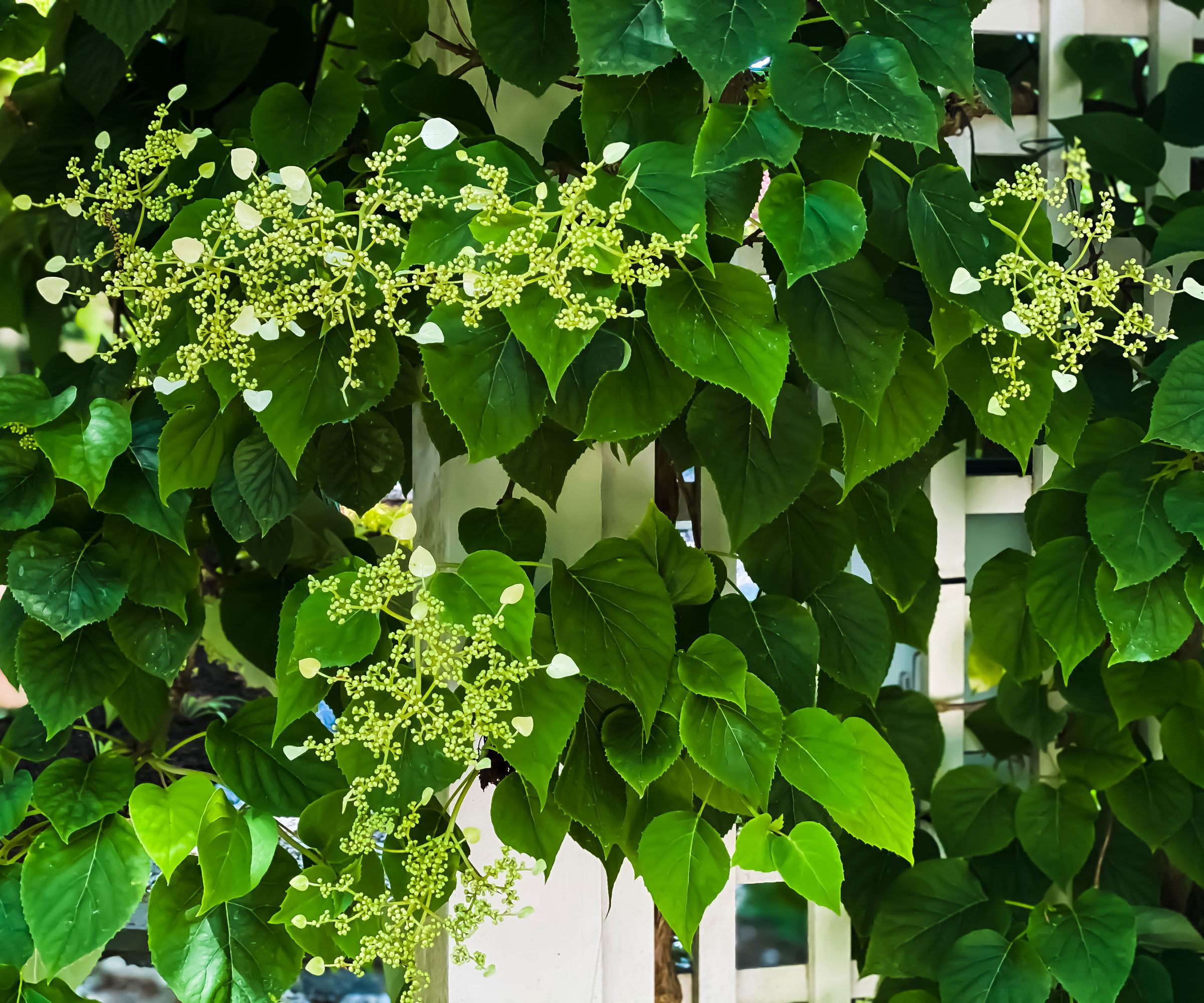
Anemone clematis (Clematis montana) Spring flowering, with large, billowing clusters of pink or white four-petaled flowers. Clings to its host with twisting leaf stalks. Many other clematis are also suitable.
Climbing hydrangea (Hydrangea petiolaris) White, lacecap flowers open in early summer amongst dark leaves that turn buttery in fall. Stems cling directly to walls.
Gloryvine (Vitis coignetiae) Large, bold, more or less heart-shaped leaves turn the most glorious shades of purple, red and orange in fall. Clings by tendrils.
Also try: Yellow jessamine (Gelsemium sempervirens), Summer jasmine (Jasminum officinale), and Winter jasmine (Jasminum nudiflorum).
Discover the range of vining plants available at Fast Growing Trees.
Ground covers
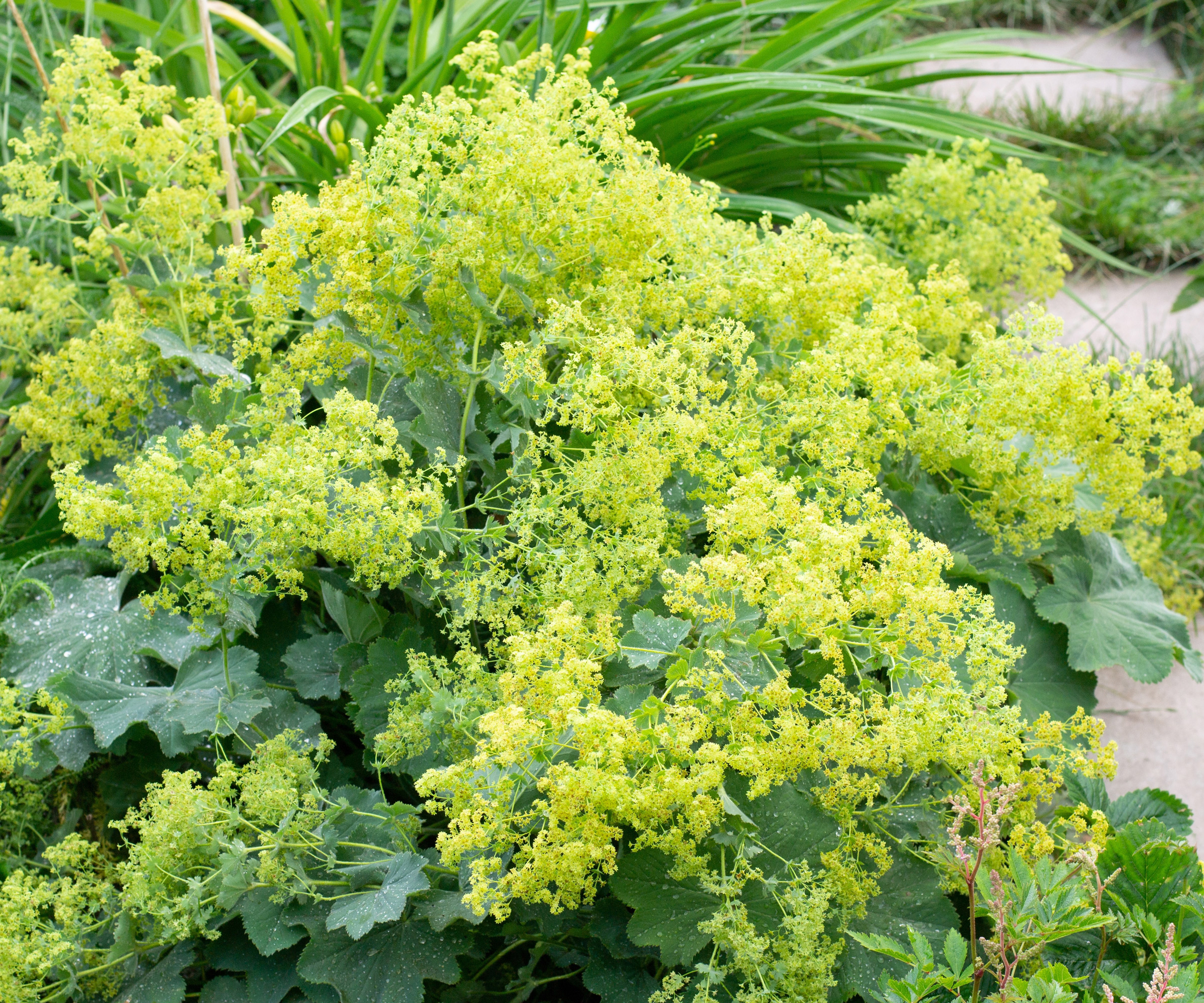
Lady’s mantle (Alchemilla mollis) Attractive, densely clumping, maple-like foliage is covered in low clouds of chartreuse summer flowers that go well with roses and are valuable for cutting.
Ice plant (Delosperma) Spreads to make a dense cover of succulent foliage topped in summer with daisy-like flowers is a wide range of vivid colors.
Coral bells (Heuchera) Clumping, steadily spreading foliage in a vast range of bright and also soft colors. Fine small-space ground cover in many colors.
Also try: Hosta (Hosta varieties), Stonecrop (Sedum Sunsparkler Series), Pachysandra (Pachysandra terminalis).
Sun perennials
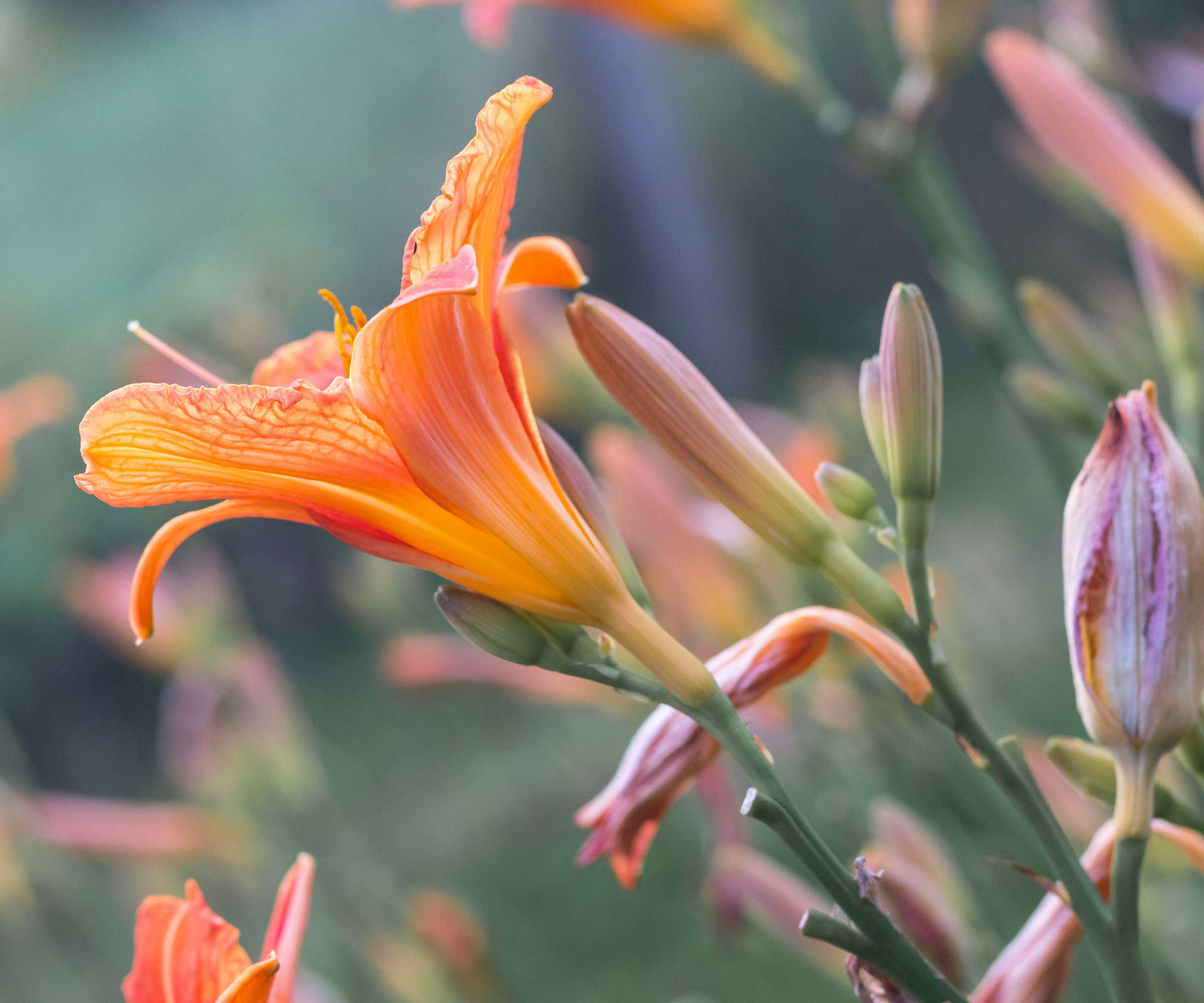
Hummingbird Mint (Agastache aurantiaca) Aromatic, often greyish laves are topped with spikes of flowers in red, orange and yellow. Popular with hummingbirds and bees.
Daylily (Hemerocallis) America’s favorite perennial, modern varieties are compact, flower for months and come in every color but blue plus many – sometimes outrageous - bicolors.
New York aster (Symphiotrichum novi-belgii) Steadily spreading plants are topped with clusters of daisy flowers in many colors. Popular with butterflies.
Also try: Peruvian lily (Alstroemeria), Rose mallow (Hibiscus), Beardtongue (Penstemon).
Shade perennials
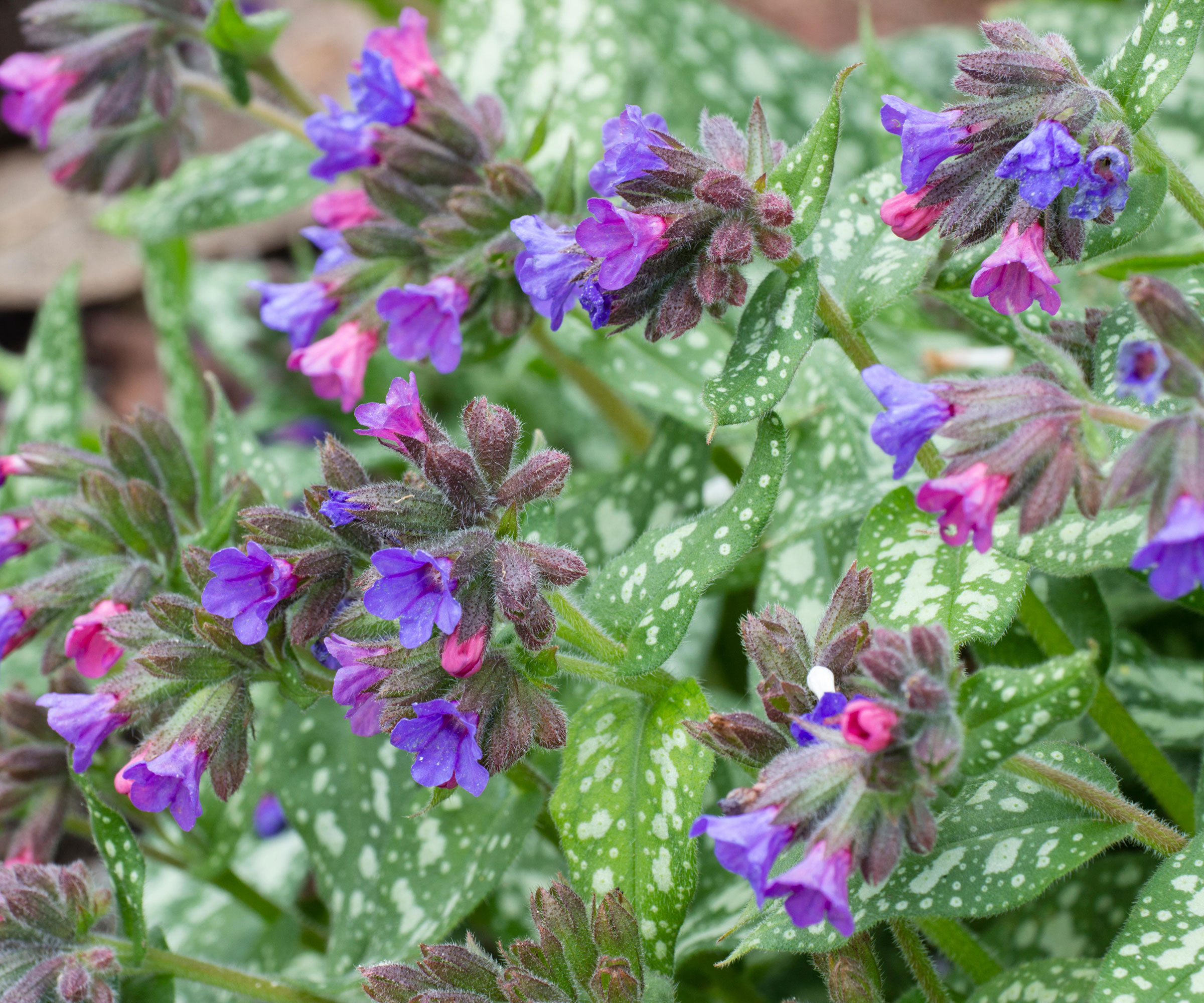
Cranesbill (Geranium varieties) Mainly low, steadily spreading and long flowering, with purple, blue, pink, lilac or white spring and summer saucers.
Hosta (Hosta varieties) Resolute smotherers with mainly heart-shaped foliage in more green, blue, gold, cream and white color combinations than you thought possible. Superb in shaded containers.
Lungwort (Pulmonaria) Spring flowers like large forget-me-nots mostly open pink and mature to blue above prettily silver-patterned leaves.
Also try: False spiraea (Astilbe varieties), Heartleaf (Brunnera), Bleeding heart (Dicentra).
Spring flowering bulbs
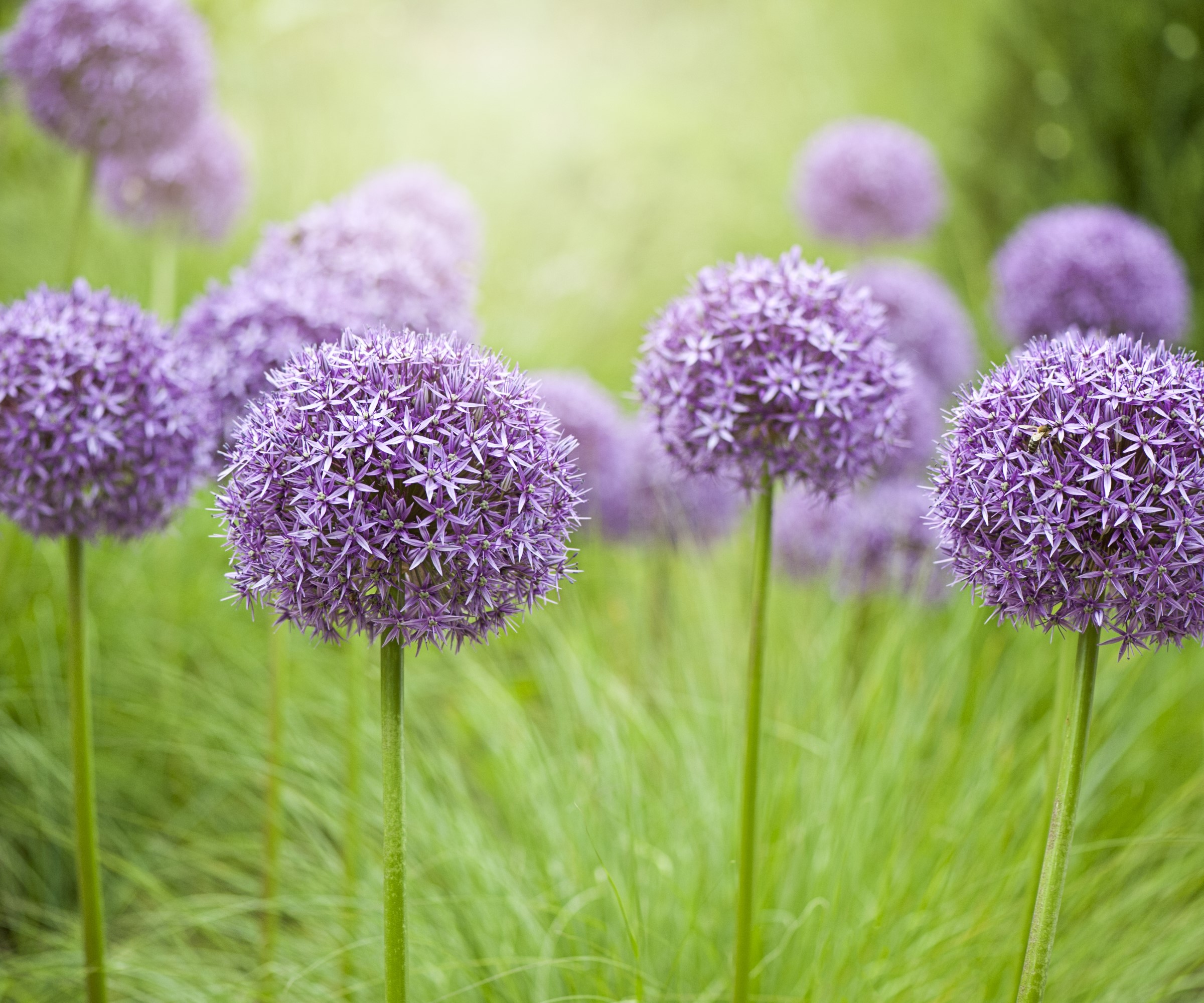
Ornamental onion (Allium) Rounded flower heads in purples, lilac and white range from tennis ball to beach ball in size. Many dry well for winter.
There is a wonderful range of allium bulbs available to browse at Burpee.
Crocus (Crocus) Sparkling spring goblets in many colors. Choose clump-formers or spreaders depending on the situation.
Daffodils (Narcissus) Choose from the unexpectedly large range of flower shapes and colors. Plant in clumps or scattered – never in rows.
Also try: Fritillary (Fritillaria imperialis), Hyacinth (Hyacinthus), Spring iris (Iris reticulata).
Summer flowering bulbs
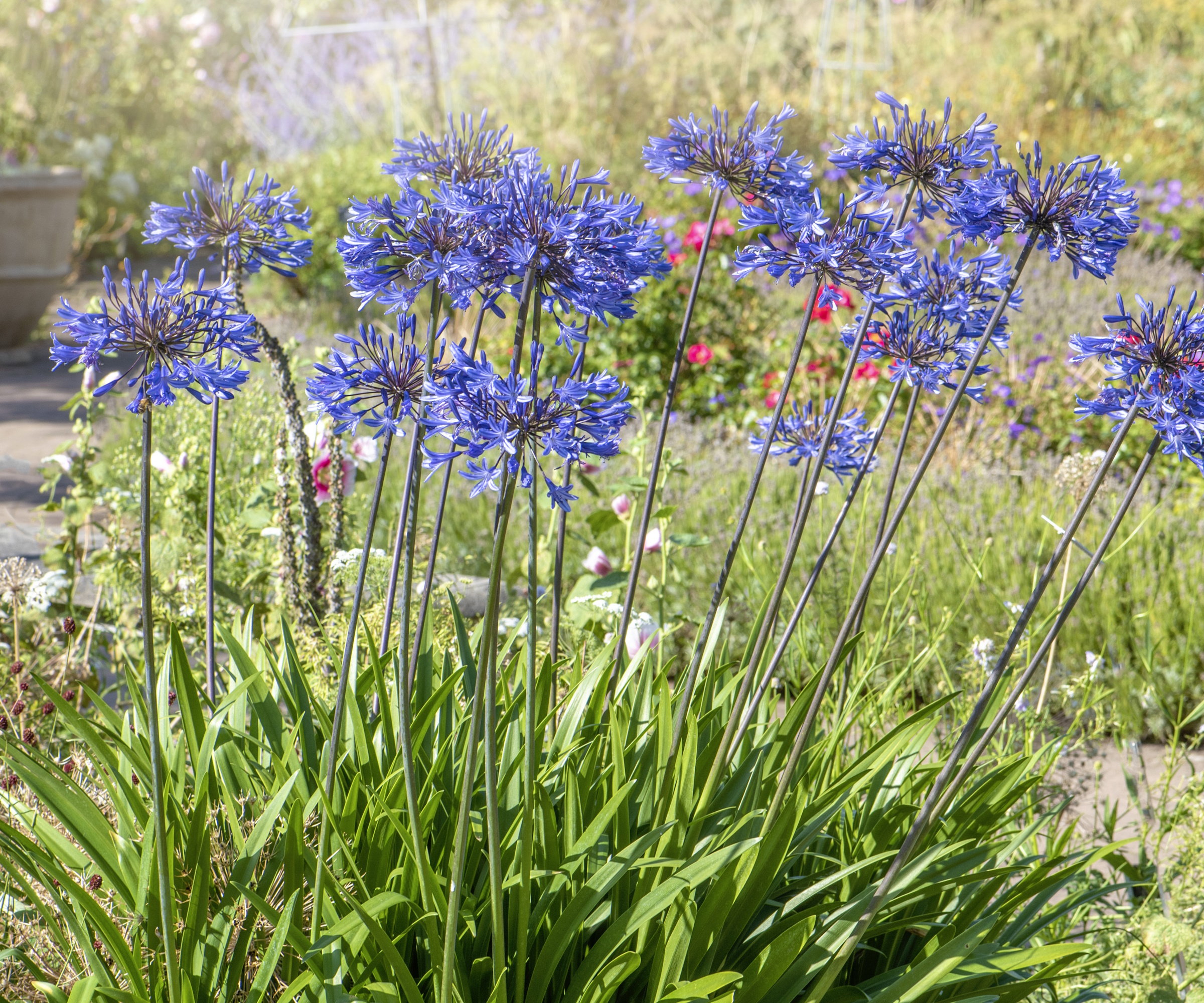
Elephants’ ears (Colocasia) Grown for their dramatic, tropical-looking summer foliage in green, gold, smoky purple or prettily patterned. Store in a frost-free place for winter.
Dahlia (Dahlia) Enjoying a boom in popularity for their extraordinary range of flower shapes and colors. Store in a frost-free place for winter.
Lilies (Lilium) Winter-hardy bulbs with exotic looking, often fragrant, flowers topping upright stems.
Also try: African lily (Agapanthus), Canna (Canna), Sword lily (Gladiolus).
Native shrubs and vines
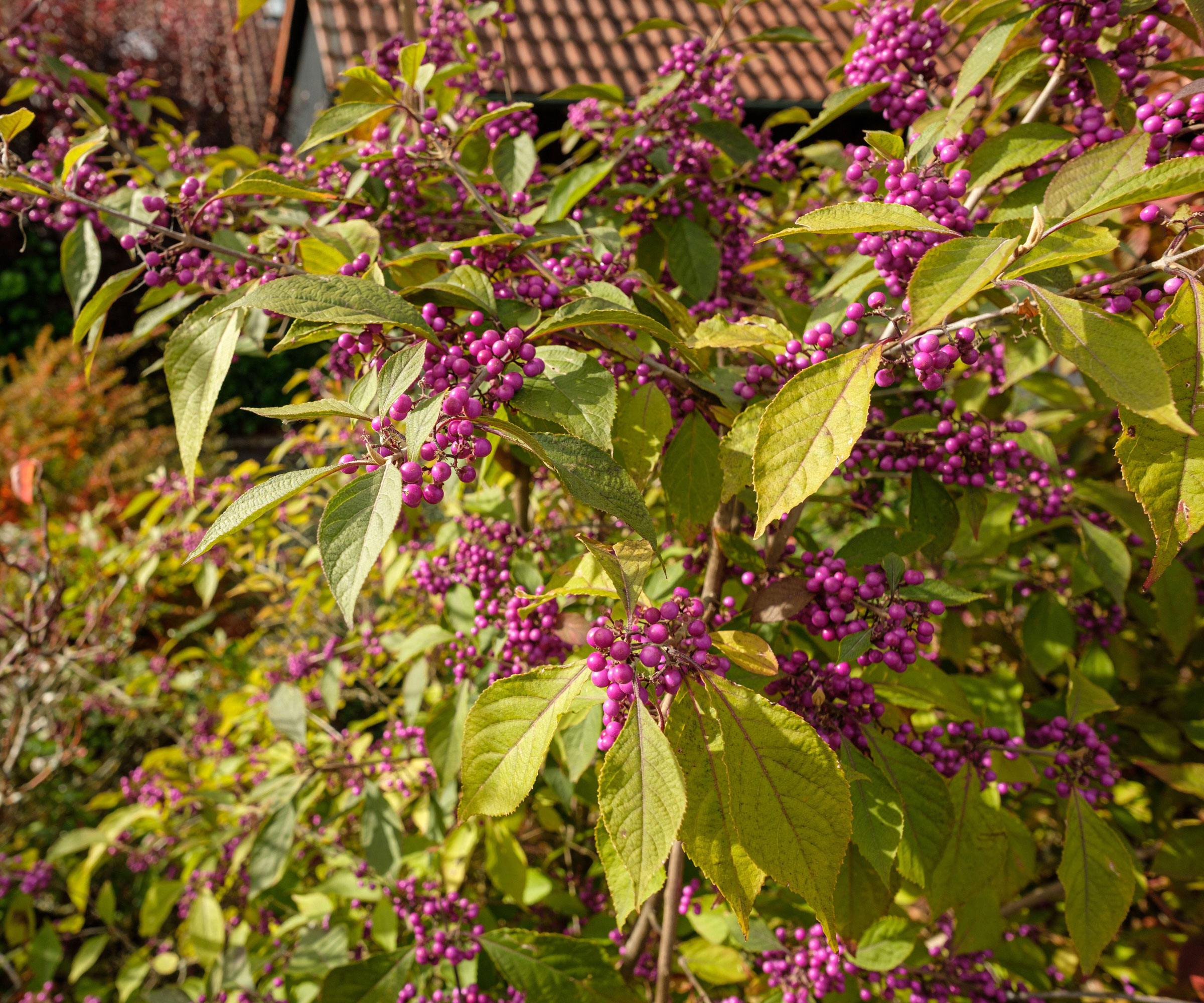
Beautyberry (Callicarpa americana) Generous clusters of red or violet berries are carried on the stems at the leaf joints creating a very striking look. Needs little care.
Strawberry bush (Euonymus americanus) Shade-loving deciduous shrub with unusual red fruits in fall as well as yellowish fall foliage color.
Trumpet honeysuckle (Lonicera sempervirens) Slightly bluish foliage sets off clusters of slender red or orange trumpets. Plant instead of the invasive Japanese honeysuckle.
Also try: Crossvine (Bignonia capreolata), Buttonbush (Cephalanthus occidentalis), Arrowwood viburnum (Viburnum dentatum).
Native perennials
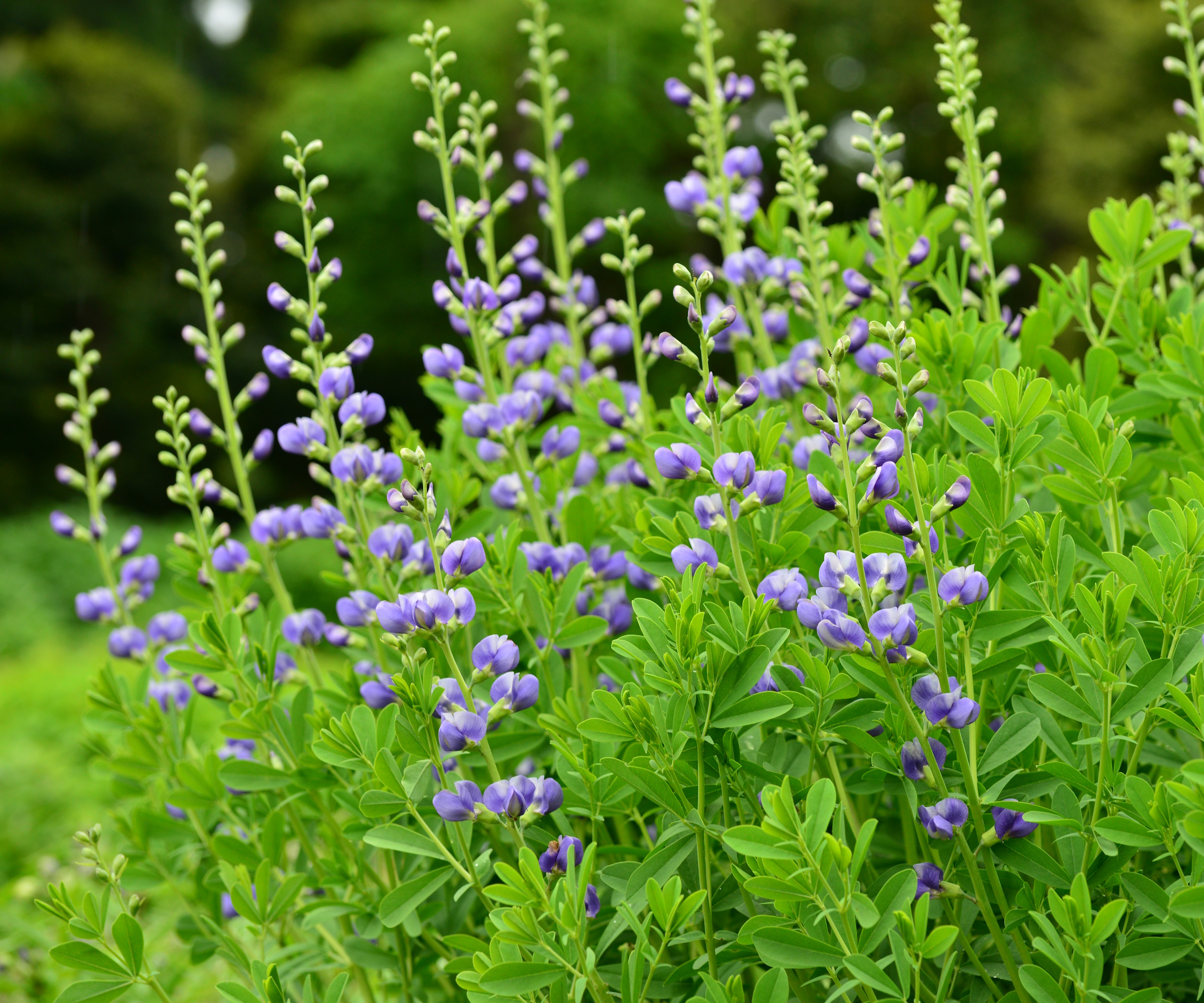
Blue star (Amsonia) Clusters of pale blue, five-petaled, star-like summer flowers are followed by the whole plant turning sunny yellow in fall.
False indigo (Baptisia) Slender spikes of pea-like flowers in yellow, blue, purple and even chocolate shades are followed by inflated black pods.
Sneezeweed (Helenium) Daisy-like flowers in bronze, copper, gold and yellow shades feature a bold central disk.
Also try: Cardinal flower (Lobelia cardinalis), Bee balm (Monarda), Prickly pear (Opuntia).
Annuals
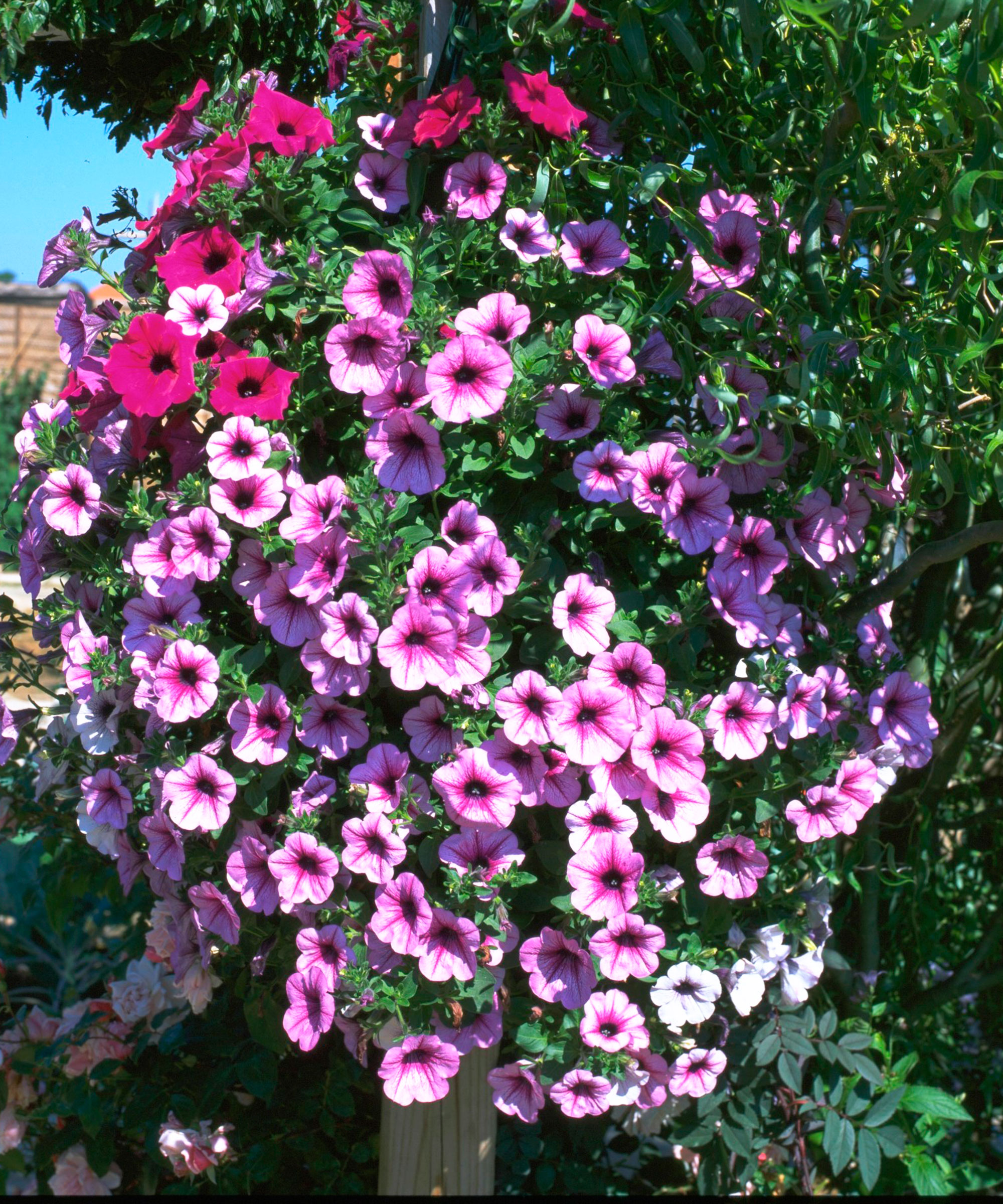
Coleus (Coleus) Spectacular foliage plants with multicolored leaves in colors, patterns and color combinations not seen in any other plants.
Petunia (Petunia) America’s favorite annual with varieties for baskets and ground cover to borders and decks. Plain colors, picotees and an increasing range of flowers in new patterns.
Monkey flower (Mimulus) Low, quick-growing, moisture-loving plants for sun or partial shade with spotted flowers in may colors.
Also try: Dahlia (Dahlia), African daisy (Gerbera jamesonii), Scarlet sage (Salvia splendens).
Vegetables
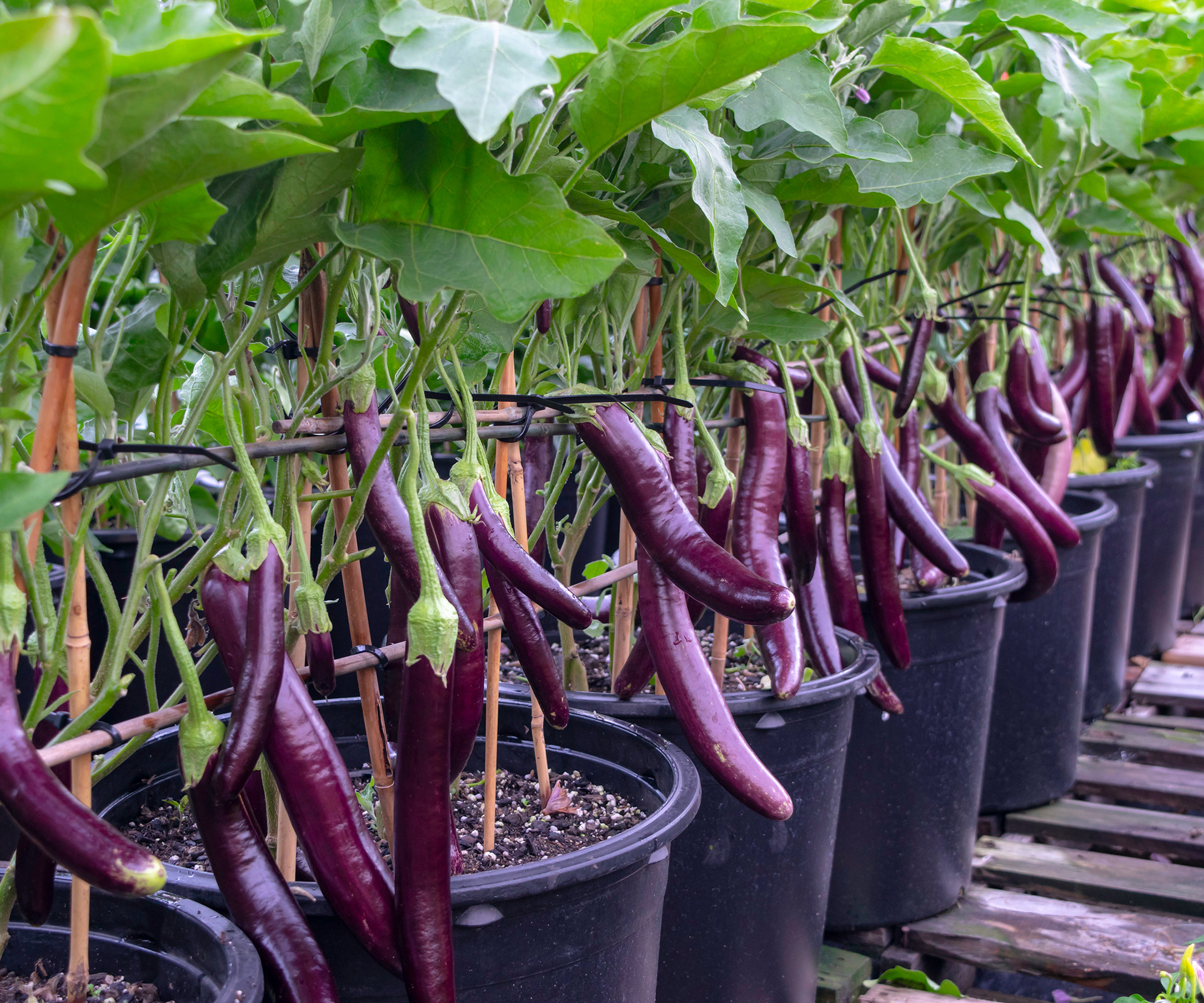
Arugula Easy babyleaf or cut-and-come-again salad with a distinctive peppery flavor, ideal to liven up lettuce and other leafy garden or supermarket salads.
Eggplant Look for baby-fruited as well as regular varieties and also check out the white and striped varieties. Less cold tolerant than tomatoes and peppers.
Cucumbers For eating fresh and for pickling, the baby-fruited rather than the full size varieties are easier to grow. Modern varieties are dwarf and compact – good for small, sunny spaces.
Also try: Celery, potatoes, pumpkins.
Fruits
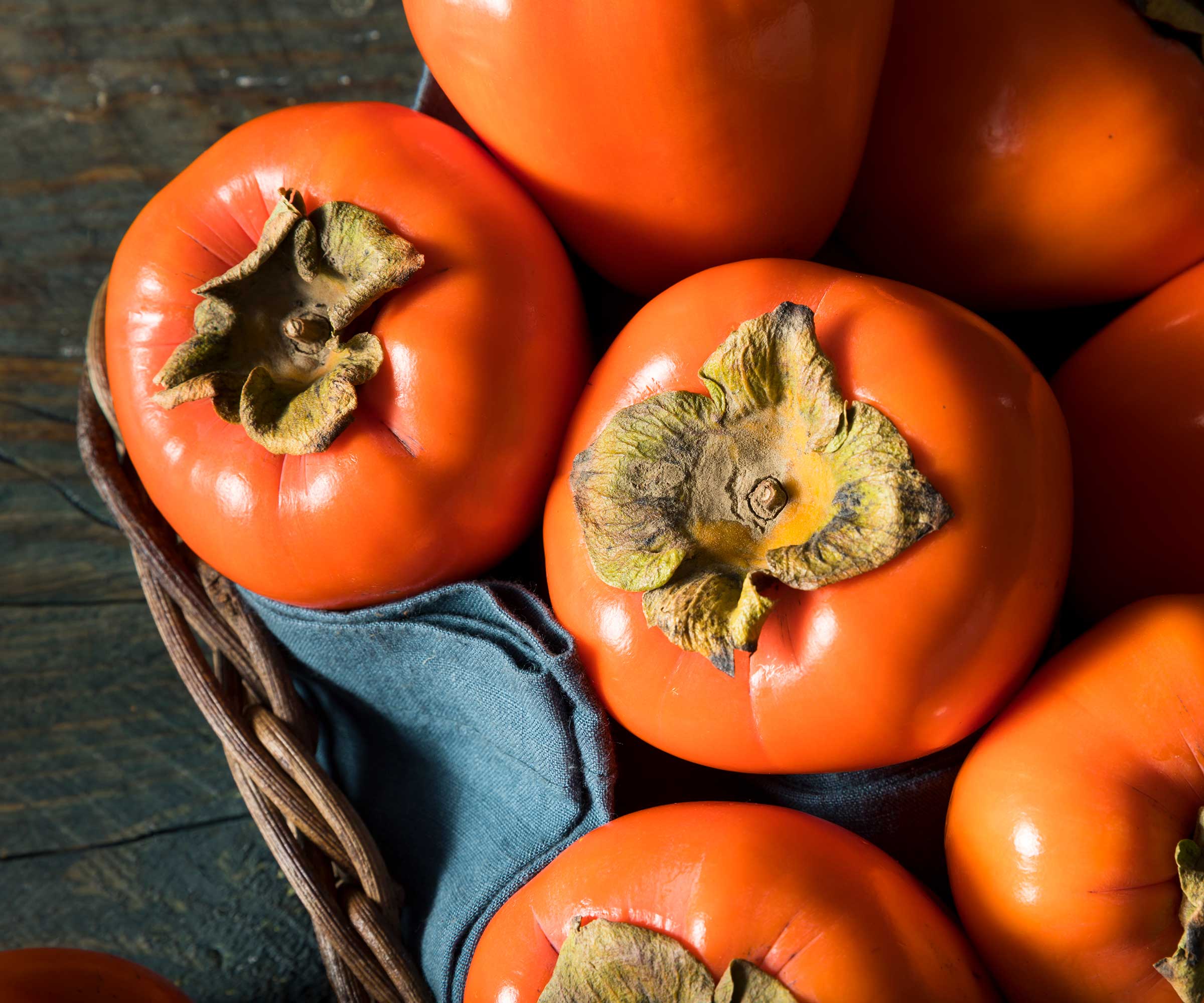
Apricot Hardier than peaches and nectarines, the early blossom may need protecting from spring frosts. Dwarf types for deck containers are now available.
Apples In many ways, the most adaptable of tree fruits but varieties vary in their suitability for different situations so be sure to check which varieties do well in your local area.
Persimmon Good eaten fresh, wait till fully ripe, usually between Halloween and Thanksgiving. Ask for a self-fertile variety. Good in puddings, cookies, curries, cakes and salads.
Also try: Cherries, Papaw, raspberries.
There is a vast range of fruit trees and shrubs available from Fast Growing Trees.
The growing season is much longer as we move into the warmer areas of the country, giving us a lot more scope in the kinds of crops, flowers and plants we can choose for our backyards. For some landscaping inspiration, you might be interested in the best flowering shrubs for full sun.
Sign up to the Homes & Gardens newsletter
Design expertise in your inbox – from inspiring decorating ideas and beautiful celebrity homes to practical gardening advice and shopping round-ups.

Graham Rice is a garden writer who has won awards for his work online, and in books and magazines, on both sides of the Atlantic. He is a member of a number of Royal Horticultural Society committees and the recipient of the 2021 Garden Media Guild Lifetime Achievement Award. He gardened in Pennsylvania for 20 years, but has recently returned to his native England.
-
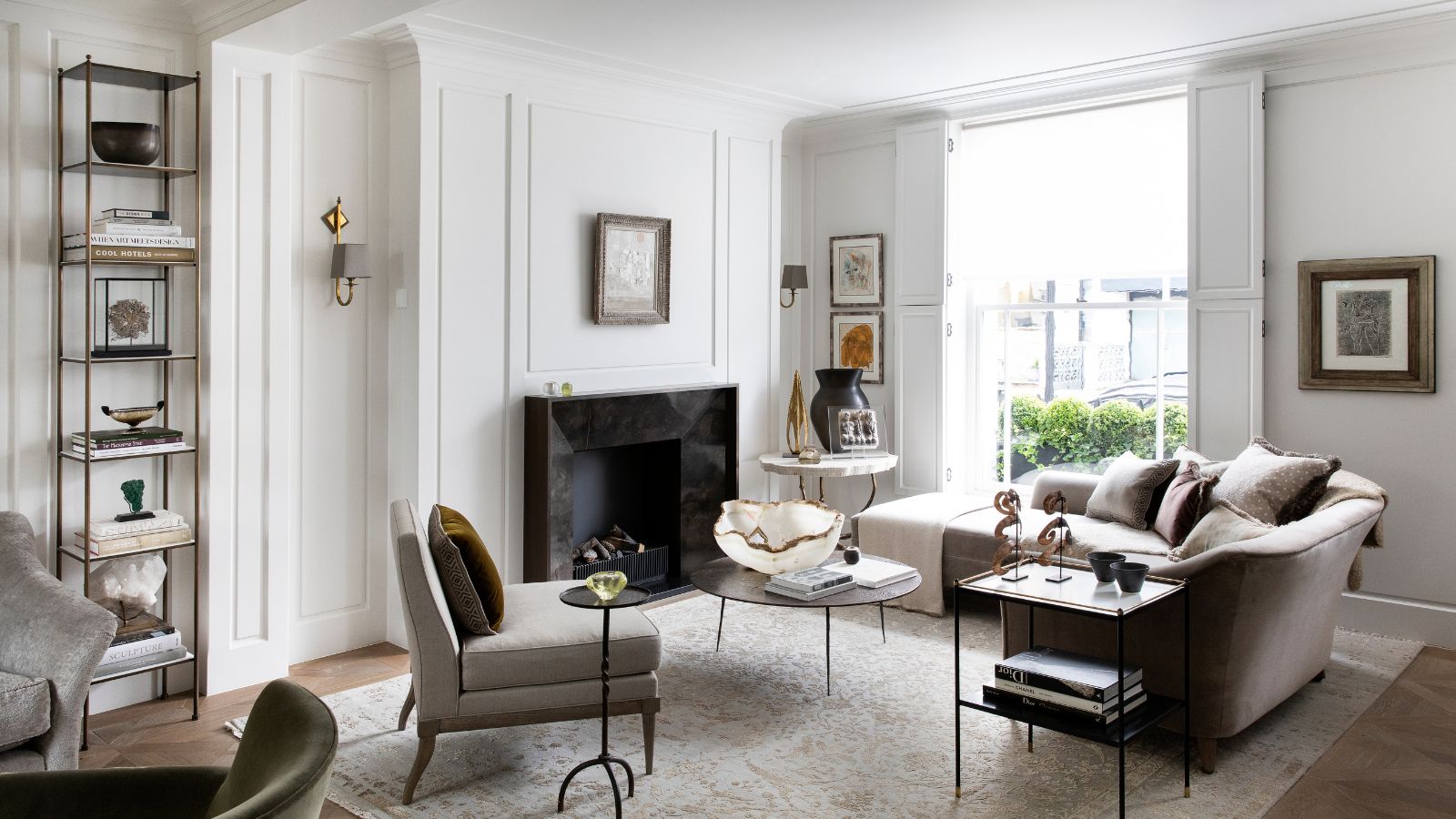 7 tiny chores that instantly make your home look more put together without buying anything – including shopping your stash and quick decluttering
7 tiny chores that instantly make your home look more put together without buying anything – including shopping your stash and quick declutteringSimple organization can make a real impact, experts assure
By Ottilie Blackhall
-
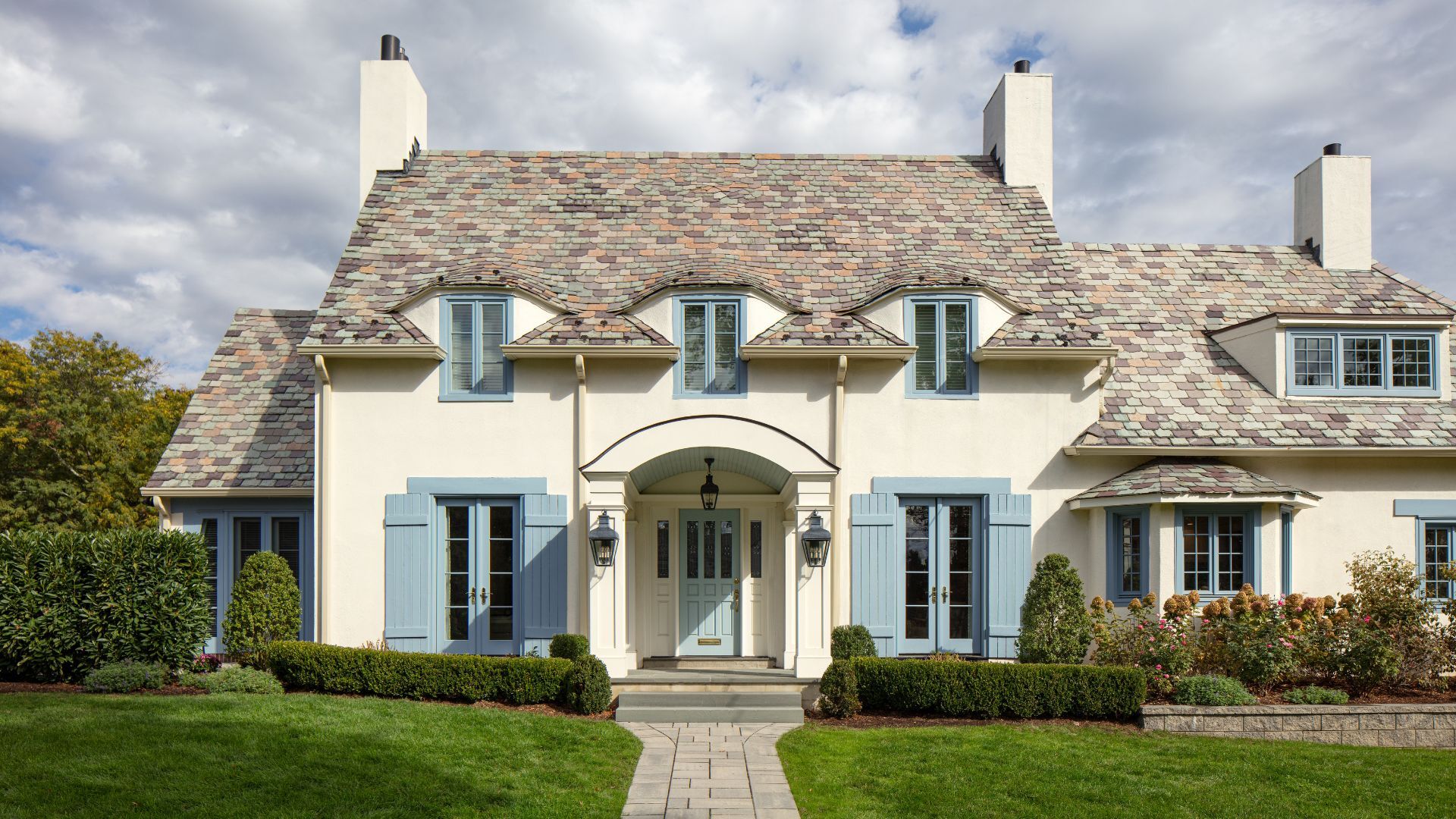 Want to make your home look more charming? These 4 Benjamin Moore exterior shades will up your curb appeal
Want to make your home look more charming? These 4 Benjamin Moore exterior shades will up your curb appealIf you're on the prowl for a new shade to try for the outside of your home, Benjamin Moore has unveiled its most 'charming' colors
By Sophia Pouget de St Victor